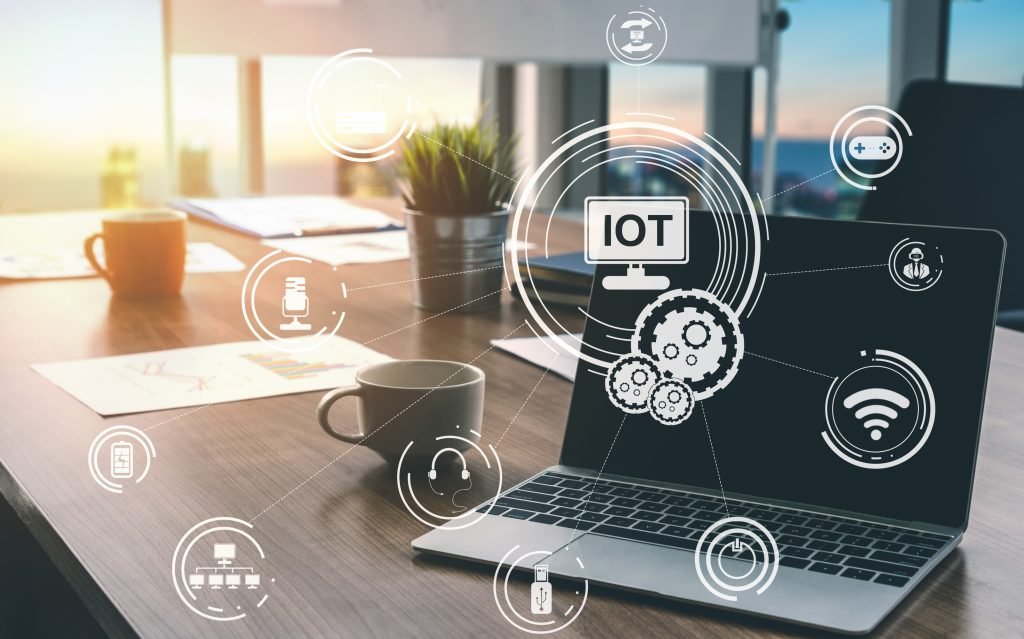
What do you know about the VLSI? The integration of a large number of transistors and other elements into a single chip. These key techs are used in the production of microprocessors, memory chips and other ICs. The electronics industry saw its growth and advances in the large-sale integration technologies. Now with these VLSI designs, the number of chances for ICs in control applications, telecommunications, high-performance computing and consumer electronics continues to rise. These fundamental concepts you can learn during your four-year engineering course in the best M.E. VLSI design in Coimbatore. This article covers how VLSI design technology benefits and implementation in hardware and software.
How are VLSI and embedded systems interrelated?
Although both VLSI and embedded systems deal with coding, there are several distinctions in how they are used. In order to decode digital components into lines of code, hardware design languages (HDL) like VHDL and Verilog are a concern for VLSI.
The methods for designing integrated circuits are covered in your ECE courses during your top engineering course colleges in Coimbatore, India. Some examples related to VLSI applications include designs of computational components including processors, buses, and memory compositions.
The word “VLSI” is more general and refers to a collection of several courses and programmes, including RTL design, Physical design, and ASIC design verification.
While helping with the intricate functionality of the computational components, embedded systems also deal with software programming in languages like C and C++ to create effective codes with the least amount of memory usage.
The device’s memory management is more of a worry. VLSI processors are used in a variety of technologies, including computers, automobiles, smart cars, and water sensor systems.
The three main subfields of embedded systems are test engineer, system designer, and system analyst. In essence, VLSI chips are used in goods designed with effective embedded system implementation to ensure efficient operation.
Challenges of VLSI Design:
Keeping the expense low, given the quantity of nodes in IoT systems and the extensive variety of use organizations. It incorporates every one of the costs like creation, establishment, and furthermore the expected power cost. To perform both sensing and computation, flexible electronics hold the promise of being implemented at a very low cost.
VLSI Design for IoT: What you need to know?
- In IoT devices, persistent memory can be used at multiple levels of the design hierarchy to reduce latency consumption. Instead of serving as registers in devices, the majority of existing persistent devices are utilized in array-oriented bulk storage. Instant-on/instant-off operation would be possible with persistent registers, resulting in lower energy consumption and latency.
- Event-driven computational models can be used in IoT systems to reduce power consumption. Rather than examined information in which tests are occasionally taken and communicated, occasion driven frameworks send just on occasions that distinguish fascinating changes with regards to the signal. These methods are widely used to provide real-time, low-power computation.
- Resolving the issue of secure correspondences and related conventions, this requires fitting plans as well as viable benchmarks also. For IoT devices, VLSI cryptographic algorithm implementations have been investigated. Conventional cryptographic techniques, like AES and RSA, give solid security however to the detriment of critical assets.
- Implementations will also be more energy-efficient as a result of this. Power and cost limits propose that some IoT gadgets may exclude local security highlights. The hub to which the IoT device connects may serve as a firewall in such instances. Altering hardware is an extra prerequisite for IoT gadgets in the field, particularly under the necessities of safeguarding touchy data gathered by them.
- IoT frameworks offer a huge opportunity for VLSI designers, still IoT devices are not totally secure and networking between them can likewise be expanded, both created and arising advances can be incorporated to provide innovative combinations full of skills.
- The creation of more complicated circuits that can carry out tasks that are more complicated more quickly is made possible by the integration of several transistors and various other circuits onto a single silicon chip. Because fewer distinct components are needed, it also lowers the device’s overall cost.
- VLSI technology improves the dependability of electronic devices because there are fewer potential failure points and because more sophisticated circuits may be built by integrating the potential failure points onto a single chip.
Overall, VLSI is a crucial technology in the electronics sector, and as it develops and improves, it will eventually make it possible to produce ever smaller, quicker, and more potent gadgets.
Hope, you get the insights of VLSI designs implementations in the Internet of Things and the influence in real time. The best autonomous colleges for engineering in Coimbatore, Tamil Nadu covers this topic in their engineering courses that actually helps students to learn the concepts efficiently.
